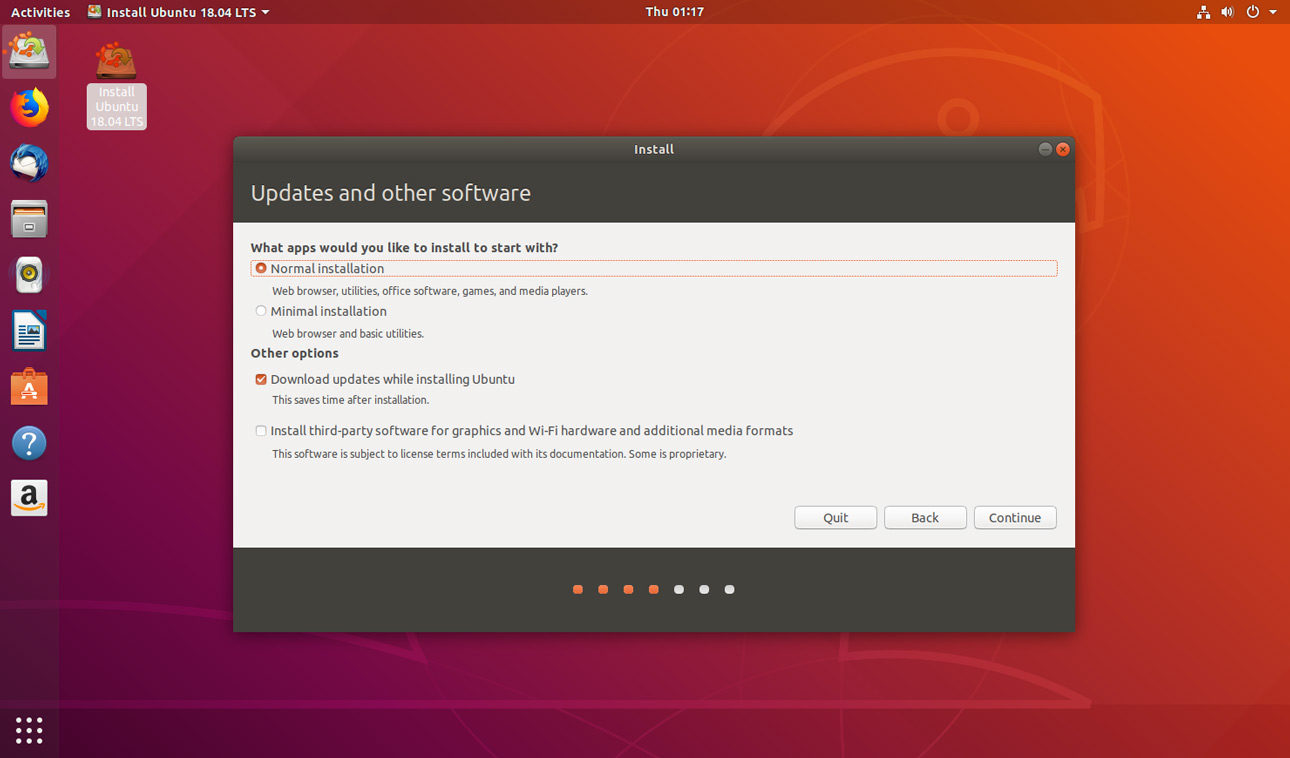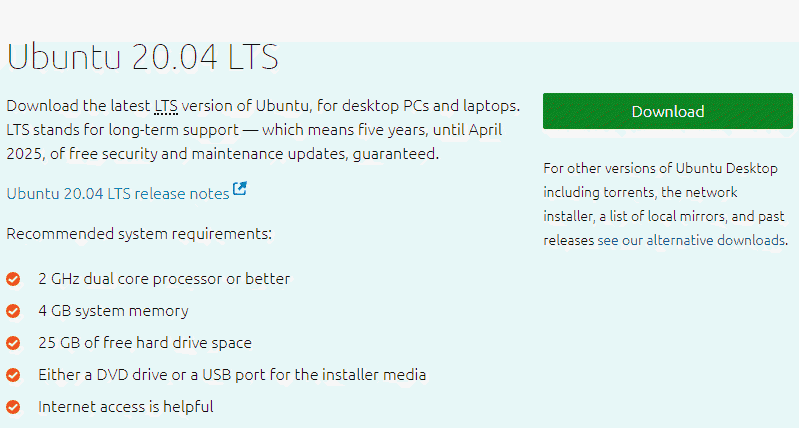

If no proxy is necessary, leave it blank and continue. The next step is to fill out a proxy, if necessary. In the next window ( Figure C), select the nearest mirror to your location (for downloading packages).įigure C SEE: 20 quick tips to make Linux networking easier (free TechRepublic PDF) Once the network autoconfigure completes (by getting a DHCP address), you’ll be asked to set the hostname for the platform ( Figure B). You’ll find very little variation from the installation of the regular Ubuntu Server installation.
#Ubuntu mini iso install
Select Install and hit Enter on your keyboard.Īt this point, you’ll be asked to select the standard choices (language, location, keyboard). When you boot the image, you’ll be greeted by a standard Ubuntu installer ( Figure A). If you’re installing on a virtual machine, give the VM enough resources based on your use case, not the minimal size of the platform.

Make sure to download the image that matches your architecture.
#Ubuntu mini iso iso
The first thing you need is the ISO image for Ubuntu Minimal.
#Ubuntu mini iso pro
SEE: Securing Linux policy (Tech Pro Research) What you’ll need I’ll be demonstrating by way of a VirtualBox VM, but the process will be the same on bare metal hardware. I want to walk you through the installation of this platform. Add Docker into the mix and the installation was 301MB. After installation (which included OpenSSH server and cloud deployment tools) my installation came in at just over 300MB. The ISO image for this operating system comes in at a scant 67.1MB. Why this new platform is important is in the name: minimal. The platform is Ubuntu Minimal and it is ideal for both cloud and container deployments. If your usage happens to fall in line with the latter two categories, Ubuntu has a new platform designed specifically to meet your needs. It might be for web servers, Samba shares, security, networking … or it might be for containers or the cloud. OK, let’s start the machine and boot the image.Your data center uses Linux. Make sure that the ISO and the hard drive you are installing are connected to the VM.

#Ubuntu mini iso software
Next, open up your virtual machine software and create a VM if you haven’t prepared one yet. If you are going to install on the virtual machine, of course, skip the burning of the ISO. First, download the 18.04 minimal ISO on the wiki page. With Arch and Gentoo, you have to perform each of the steps yourself using command-line tools. Unlike distros such as Arch, there is an installer that guides you through the process. Also, you will get up-to-date packages during the installation as it requires them to be downloaded from the Internet. If you are more confident with Linux and you want to install a system that you can customize yourself, a bare-bones installation is perfect because you can fine-tune your installation with only the software you choose. It does lack support for UEFI however, for the purposes of this guide, the system will be installed on a virtual machine. You will also see information about installation on UEFI based systems.

You will find some important information regarding the burning of images to a CD or a USB stick (I use dd), and even a few pointers to get started. The system we are going to install from comes in a 64MB ISO image.You can find the image to download in the Ubuntu help wiki for minimalist versions. You may be thinking of a minimalistic version of a Linux distro as the bare minimum version of a system. Today we will be going over the installation of the minimalist version of Ubuntu 18.04.


 0 kommentar(er)
0 kommentar(er)
